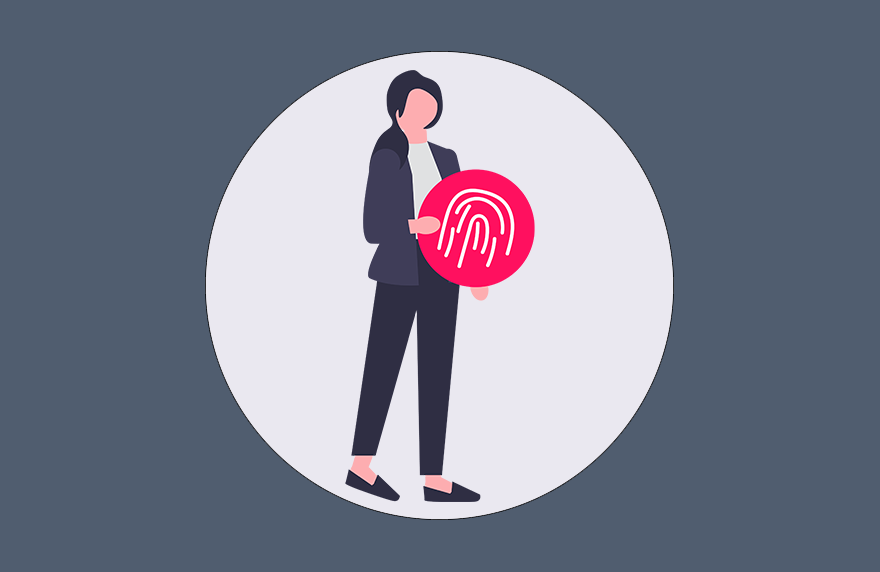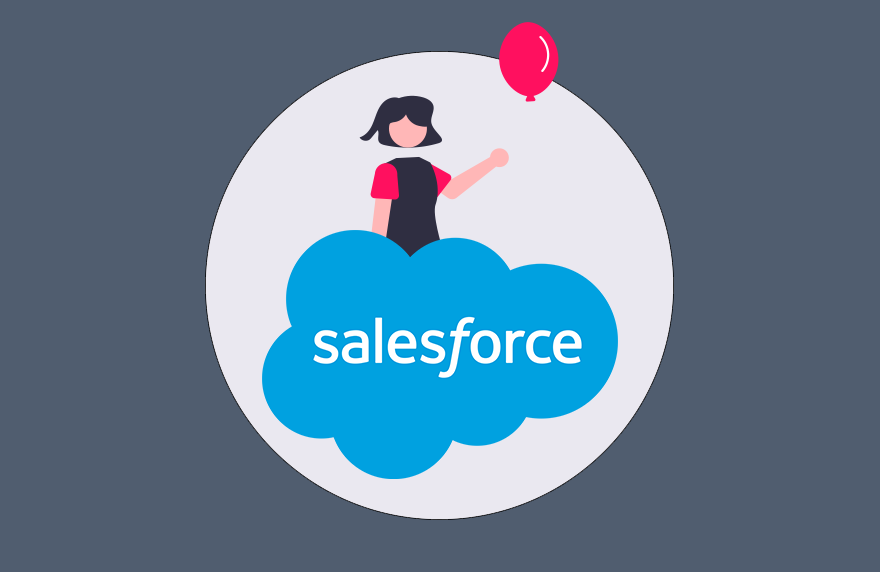
Phil Osmond, Head of Product, shares his thoughts and perspectives on “Build vs. Buy”, weighing up the options available for our clients.
I started my career in the days when virtually every webpage, database, or software solution was built from scratch. In the late 90’s I was handcrafting HTML in Notepad, by the early 2000’s I was building an equipment rental system in JavaServer Pages (JSP). Later I would build order management and stock control systems in PHP, at least I had Dreamweaver by then!

I often look back and wonder about my misspent youth, then I remember that software-as-a-service (SaaS) was still young. Large unwieldy monolith processing systems were still commonplace. Entry cost for the small business, or start-up, was often prohibitive, and it was much cheaper to get a graduate in!
Today, whilst there remain good reasons to craft custom code, the value provided by pre-built frameworks and platforms-as-a-service (PaaS) is too good to ignore. The cost to entry is much, much lower through SaaS pricing models. A competitive market means quality is high. The MarTech software landscape is particularly busy, there is all manner of tooling available to automate, execute, or manage almost any part of the customer data and marketing ecosystem.
So, should you still build a custom solution in today’s world? Or should you buy?
Product Thinking Perspective
The ‘product thinking’ ethos is about solving real problems in a viable fashion. We look at the bigger picture, learn, experiment, evaluate and iterate. We are focused on value, and to deliver that value, we want to change the lives of customers and users for the better. Those benefits result in a value exchange. Value to the user results in value for the business.
Here at Edit our interest is in solving many and varied problems for our clients and their customers, which may also look more like opportunities. But in all cases, we want to shy away from merely throwing technology at a problem. Instead, we seek beneficial changes in behaviour, we strive to drive real business impact.
In so doing we stand on the giants of product management and entrepreneurial spirit. We ride upon the shoulders of those who are transforming the software development industry from trotting out features and churning out solutions, into one that focuses on the true value exchange between the business and its users.
How do we achieve this? By providing the right people with the right solution at the right time in a way that maximises the impact the client wants to make.
The cost of driving this impact is what is vital to understand.
Ideally a business would seek to minimise such costs. Minimum input, maximum impact. Yet much of it is unseen.
- Opportunity cost needs consideration – what are you not doing instead?
- Risk needs assessing – not only will be it ready (should you need it by a set date), but will it survive?
- What does ongoing support and maintenance look like? Will it scale? What happens if the developer leaves, or gets hit by a bus? What will happen if the supplier goes bust?
The biggest risk we face is the risk of building the wrong thing. Or buying the wrong solution. Wasted effort, wasted budget, wasted time, plus wasted opportunity that could have been spent elsewhere.
What is the ‘right’ way?
Defining ‘right’ is vitally important, as is truly understanding the problem or opportunity, and identifying long-term success is vital. However, whilst we place a lot of emphasis on this, it is only part of the picture. It lays us a firm foundation, but finding the right, or ‘best’ solution is where we need to pay attention.
And it’s here in this sea of solution ideas the sharks circle round. It’s in this zone the risks reside. It is here the hard work begins, and where the age-old build vs buy debate comes to the table.
In a world where we want to provide the right solution, how can we do so swiftly, efficiently, and safely? How can we avoid reinventing the wheel, or investing in our own plumbing and scaffolding? How can we learn fast and iterate quickly? How can we unlock incremental value and capitalise on the opportunities in front of us?
So, should you build, or should you buy?
In our pursuit of the right solution, the build vs buy debate brings multiple options to the table. Three key questions can help us explore the options available:

What will unlock value?
Early value is a core aspect of product thinking. Why wait for months whilst a large slab of functionality is developed, when you could have a thin sliver sooner? Especially when that thin sliver can enable you to do something valuable. It may not be perfect, but it’s that incremental value which all adds up. And what’s more, it provides a functional skeleton for further enablement to hang off as you iterate towards your vision of success.
Therefore, how can you deliver that value early and often? Is it through developing it yourself – either from scratch, or using frameworks – or buying something in?
Of course, many other factors need consideration. Resource, time, expertise and confidence are all involved. But so is your strategy. Make it your strategy to deliver early value – and measure it!
Here at Edit, many of our clients are seeking to unlock value. How can they do more with the data they have? How can they optimise their customer interactions? How can they maximise customer spend? How can they reduce customer churn?
We work with them to help them unlock early value from their data through wise technology choices. From insight to activation, engineered for the marketing situation.
Will it reduce risk?
As we’ve noted, risk is real. Risk is rife. And risk is multi-faceted. Buy or build, supplying the wrong solution is one of the biggest risks. Spending lots of money, then finding it doesn’t enable the outcomes desired is not a happy place to be.
Product thinking recognises three further risks:
- The feasibility risk. You may not be in a position to build what you need to enable the outcomes you desire. In which case you have a choice – buy in the capability or buy in the solution – or both. But in all cases remember the next risk:
- The viability risk. You can do it, but should you do it? How should we assemble the components? The feasibility of a short-term on-site contractor may feel wise, but can they design and build? What happens if they take time off? Who will maintain it once they depart?
- The usability risk. Whether built in-house or bought, can it be used? Will it be used? In our world, one of the benefits of a professionally designed data solution is that it is easier for non-technical users to pick up.
Building a solution may feel low risk. Especially when applying decent agile and product principles. However, your precious data is involved. Valuable insight is at stake. Therefore, proven capability and solid design are vital. Bringing the experts in will help you make an informed choice based on your needs and situation. It will also reduce the risk of supplying the wrong solution!
Will it last?
Like the smell of fresh bread or a freshly cut lawn, it’s fantastic at the time, but it never lasts.
Your new functionality is enabling the outcomes you need. Those outcomes are driving the impact you desire. Life is good. Valuable insights are being used to inform and direct activities. Engagement is up. Conversion is rising. Happy days. But how long will it last?
The grass grows. The bread gets eaten. The world moves on. Nothing remains the same. Your data changes. Your customer’s needs evolve. The market changes!
Whether you build, or whether you buy, change is inevitable. What happens when it comes?
Continuous improvement is a widely recognised advantage of bought solutions. Ongoing maintenance is table-stakes for a SaaS solution. Be it a security patch or functionality to handle market demands in expected as part of the price. Vendors need to keep up or lose out.
By building yourself you know you’ll need to maintain and scale it. But if you have paid big bucks to a consultancy, solutions integrator, or contractor – what are they leaving you with? The future of your data insight strategy is in their hands – make sure you trust them!

Conclusion
Don’t waste your life building or buying the wrong data or marketing technology solution. Life is far too short! And moves far too quickly. Think carefully about how you will drive the impact you want to see and enable the outcomes you need to make it happen. Properly address the problem. Define success. Unlock value. Reduce risk. Keep an eye on long-term scalability.
And if you need help from the experts – contact us here.







